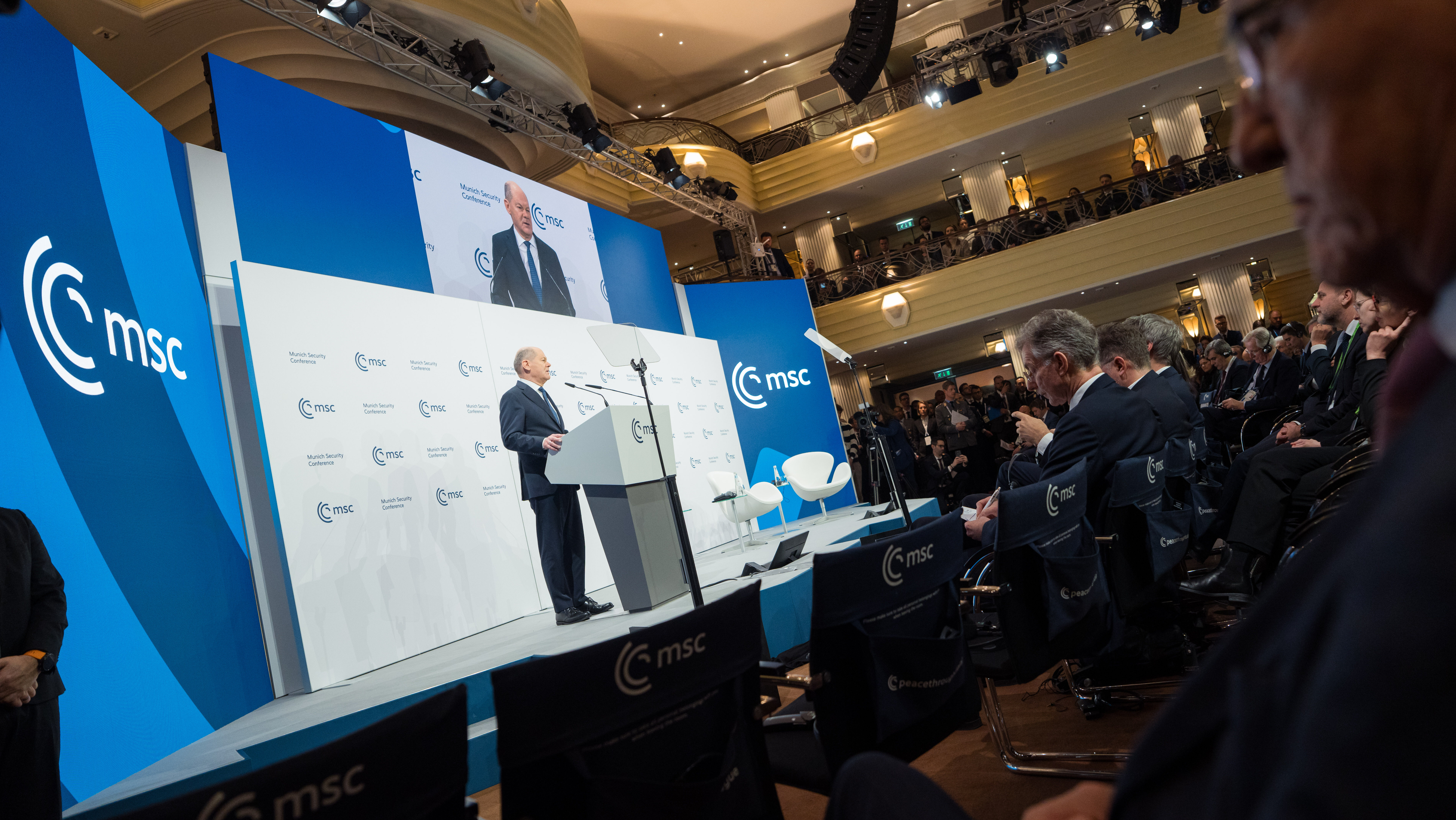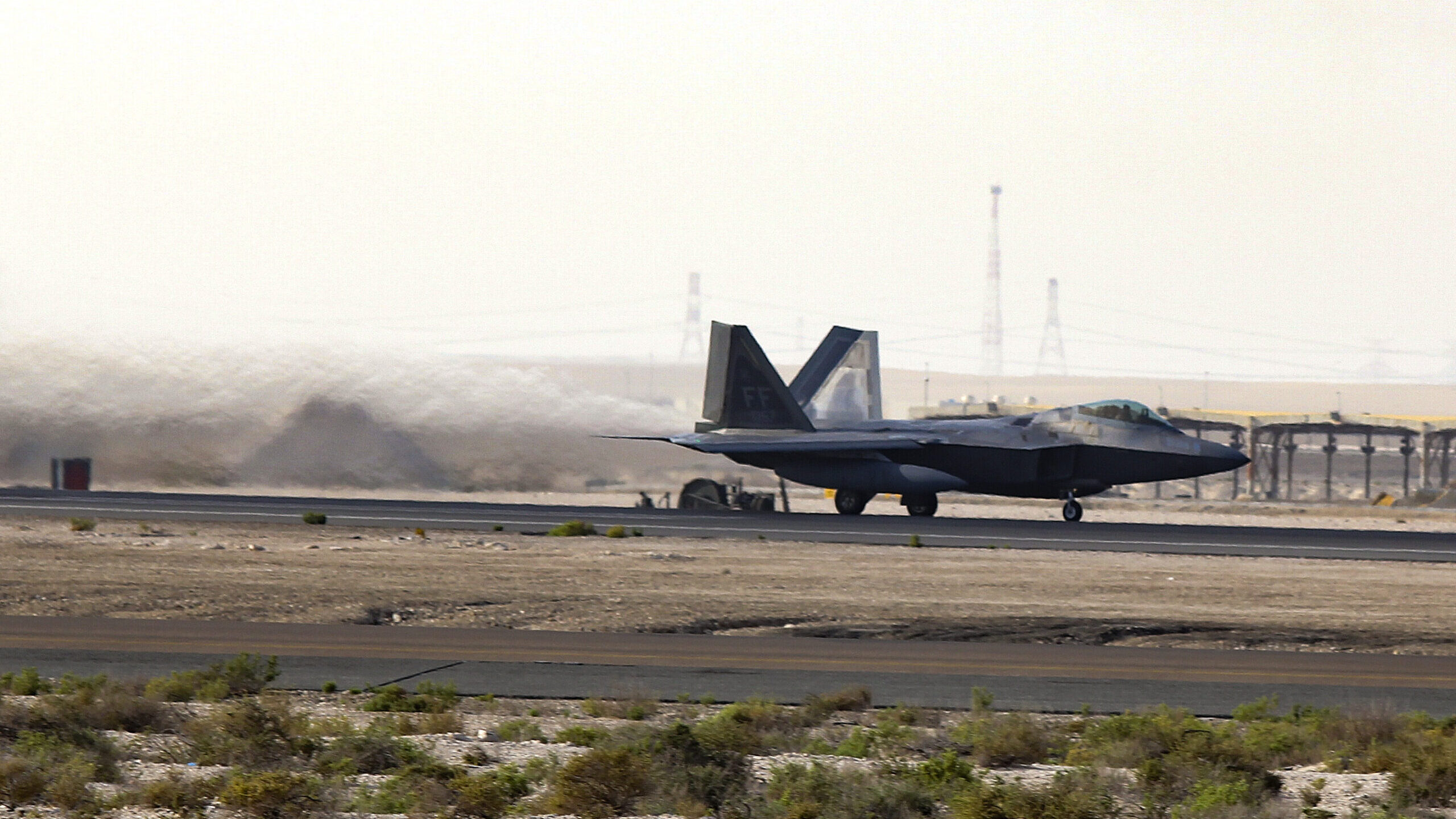America’s arsenal is failing. We need an industrial mobilization board now.
Sheila Cummings of Cummings Aerospace uses this op-ed to call for the creation of a new Industrial Mobilization Board (IMB) for America’s defense industrial base.


Stock photo of a production line manager. (Getty/Vithun Khamsong)
If our country fails to deter a Chinese invasion of Taiwan — or worse — loses to China in a shooting war, the most likely culprit will be insufficient defense industrial capacity. American industry is operating in peacetime mode, while China’s is on a wartime footing.
This isn’t the first time our country has faced an adversary with superior industrial might. On the eve of World War II, the United States transformed its peacetime economy into the “Arsenal of Democracy.” We did this not through central planning, but by coordinating government policy, priorities and funding with America’s entrepreneurial spirit. The result: An industrial mobilization of unprecedented speed and scale.
And we can do this again, by stealing a play from the past and establishing a modern Industrial Mobilization Board (IMB).
The IMB would report directly to the president, and have a straightforward mission: Cut red tape, catalyze private sector scale-up, and focus — but not direct — market forces toward our defense needs. In other words, it would help America outproduce China by unleashing capitalism and empowering ALL of America’s industry.
This means looking beyond the prime defense contractors to include the innovative businesses that are the backbone of American industry: well-financed new entrants, scrappy startups with good ideas and gumption, and experienced small companies with proven capabilities. The IMB would create pathways for all these companies to contribute to national security, whether they’re already in the defense ecosystem or completely new to it.
Done right, this would be more than just a national security initiative — it’s a strategy for renewing American manufacturing.
Three key IMB Initiatives
The IMB’s first priority would be to remove structural barriers to production. The IMB would identify and eliminate regulatory friction points that slow industrial mobilization — everything from construction permitting delays, to unnecessary export controls, to contracting rules that keep capable firms on the sidelines. There are companies with eye-watering capabilities not entering the defense market because of acquisition regulations never designed for dual-use technologies or commercial entrants; we need to avoid handicapping our own technologists.
Unfortunately, the bureaucratic bottlenecks don’t end at contract award. I can personally attest that the paperwork required to test new hardware on DoD ranges can take longer to fill out than it does to design and deliver the technology itself. These delays aren’t the fault of the DoD personnel complying with outdated policies and regulations — but they are strategic vulnerabilities. Every month lost to paperwork is a month China uses to build its advantage. And these types of policies are precisely the low-hanging fruits the IMB could identify and eliminate to accelerate industrial production.
Second, the IMB would identify critical manufacturing priorities based on an understanding of US production gaps and existing technologies, then take steps to accelerate policies that allow their introduction across the defense industrial base.
For example, 3D printing — hardly new technology at this point — remains the exception rather than the norm in defense manufacturing because there’s no AS 9100 equivalent for this capability. Programs can only use it “by exception,” preventing the defense ecosystem from leveraging a commonplace technology that could turbocharge production. The IMB could fix this with an executive-level push.
There are dozens, if not hundreds, of similar policy shortcomings. By identifying and addressing these issues at the executive level, the IMB would help drive down costs, accelerate production capabilities, and encourage new companies to enter the defense ecosystem.
Third, the IMB would coordinate a National Mobilization Strategy, aligning industrial requirements across agencies to help the president drive industrial mobilization throughout government. That includes coordination with the Department of Government Efficiency to ensure cost savings efforts work hand-in-glove with mobilization needs. The goal of the NMS is not to centralize control, but to synchronize planning, remove redundancies, and give industry and all of government a coherent view of what mobilization will require.
The IMB would, of course, take on many more challenges, but these key first steps would accelerate industrial mobilization.
An Opportunity for President Trump
Defense industrial mobilization would create jobs, rebuild US manufacturing, and enable America to outproduce our Chinese adversary. It would also help President Donald Trump deliver on two key administration priorities — revitalizing industry and strengthening national security — both of which have long enjoyed bipartisan support.
Ultimately, the IMB won’t make mobilization happen — American businesses will. But establishing an IMB sets the stage for a rapid and successful industrial mobilization.
With each passing day, China’s industrial machine pulls further into the lead. And the stakes of this industrial race — credible military deterrence and failing that, a swift and decisive victory — couldn’t be higher. If we hope to win it, we need to mobilize industry swiftly, and mobilize now.
Sheila Cummings is CEO & Founder of Cummings Aerospace.






































































































































































.jpg)



